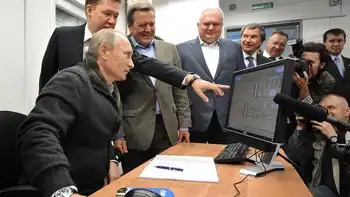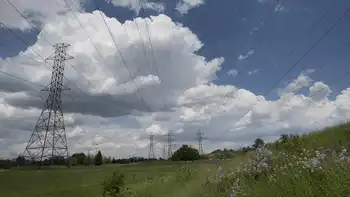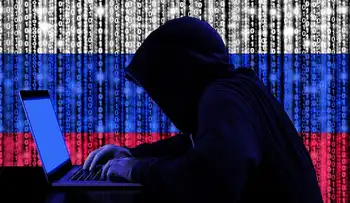Ideal Power Enters Canadian Market with 360kW Order from KACO new energy
Electrical Testing & Commissioning of Power Systems
Our customized live online or in‑person group training can be delivered to your staff at your location.

- Live Online
- 12 hours Instructor-led
- Group Training Available
Ideal Power 3-Port PCS enables grid-resilient solar PV and energy storage integration at Leduc #1 with KACO, supporting microgrids, trackers, wind, and cogeneration for efficient, reliable, lower-cost hybrid power in Alberta.
Key Points
A grid-resilient 30kW power converter integrating solar PV and batteries via single AC and dual DC ports.
✅ Dual DC plus single AC ports for solar and storage
✅ Boosts efficiency with PV smoothing and firming
✅ Compact, lighter hardware lowers capex and opex
A developer of innovative power conversion technologies, has received a 360kW purchase order from KACO new energy (KACO) to supply its 3-port, grid-resilient 30kW Power Conversion Systems (PCS) for the Living Energy Project at the Leduc #1 Energy Discovery Centre in Alberta, Canada. Ideal Power will supply the power conversion systems and KACO will provide the system integration and installation. The Living Energy Project will utilize solar PV with trackers, energy storage, a wind turbine mounted atop a purpose-built oil derrick, and a natural gas-fueled cogeneration unit to capture geothermal energy from an abandoned oil well, aligning with broader green hydrogen microgrid developments underway in North America.
“The Living Energy Project will be an excellent showcase for our power conversion technology enabling energy storage to be integrated directly with a solar tracking system, and it complements emerging virtual power plant programs that aggregate distributed energy resources,” said Dan Brdar, CEO of Ideal Power. “The project will demonstrate the intersection of oilfield services and renewable energy. The mobile solar PV system used at Leduc #1 will utilize a much cleaner and lower cost method to power remote, off-grid facilities than a traditional oil-fired diesel generator.”
The Leduc #1 Energy Discovery Centre is located just outside of Edmonton, Alberta, and is the site of the initial oil well that kick-started the province’s entrance to the oil industry in 1947. The now abandoned well has been converted into an energy museum and 55-acre park focused on the demonstration of environmental technology. The renewables integration and geothermal conversion are part of a plan to turn Leduc #1 into the world’s first carbon neutral oil museum, and align with early vehicle-to-grid pilots that link EVs and the grid.
“For any renewable energy project that incorporates battery storage, Ideal Power offers the perfect power conversion technology because it allows us to deliver a solution that dramatically boosts efficiency and reliability, but with dramatically lower system costs for integrating solar power and energy storage,” said Jurgen Krehnke, CEO for the Americas at KACO new energy. “The installation at Leduc #1 is particularly important because it will be a visual, working representation of the past meeting the future, highlighting our declining dependence on fossil fuels coupled with the ingenuity that promises a clean energy future, including advances in vehicle-to-grid integration across Canada.”
Ideal Power’s grid-resilient PCS is smaller, lighter, and more cost effective than traditional power conversion systems. For integration of solar with energy storage, the embedded power management algorithms deliver PV smoothing and PV firming for grid-tied applications and enable the deployment of high performance PV-based microgrids, while supporting coordination with managed V1G EV charging strategies in emerging programs. PPSA™ also increases round-trip efficiency, which results in lower operational expenditures and combined with the reduction in material, manufacturing, shipping and installation costs greatly improves return on investment for a project owner.











